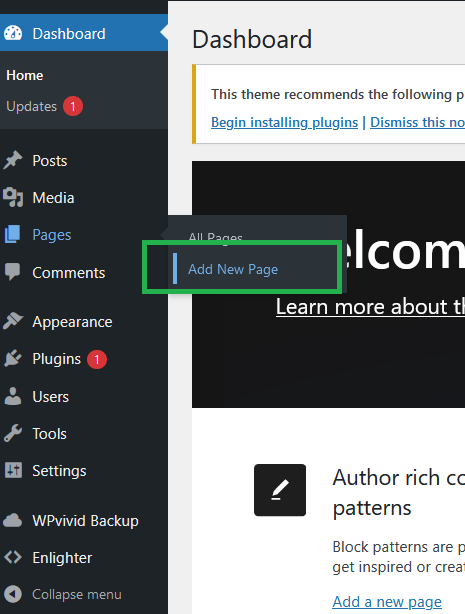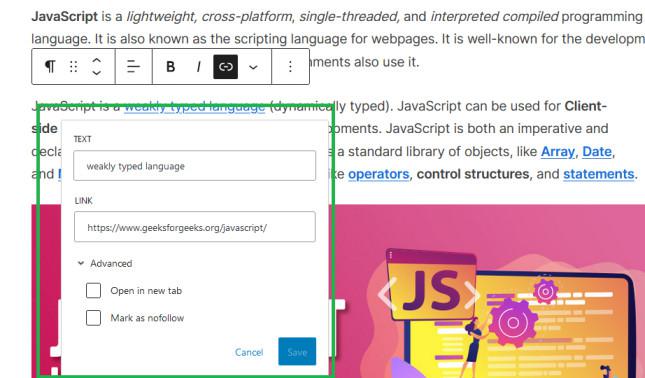
|
|
Adding links to your WordPress pages is important any website. Links can connect different parts of your site, guide users to additional resources, or direct them to your resources. This guide will walk you through the steps to add a link to a WordPress page, ensuring your content is engaging and SEO-friendly. Why Add Links to Your WordPress Pages?Links are crucial for several reasons:
Steps to Add a Link to a WordPress PageStep 1: Log in to Your WordPress DashboardTo begin, log in to your WordPress dashboard. This is usually done by adding “/wp-admin” to your website’s URL (e.g., “yourwebsite.com/wp-admin“) and entering your username and password. 
Step 2: Navigate to the Page EditorOnce logged in, go to the page where you want to add the link. You can do this by going to Pages > All Pages in the WordPress dashboard and selecting the page you want to edit. 
Step 3: To link a text, highlight itNext, highlight the text on the page that you want to turn into a link. This could be a word, a phrase, or even an image. Step 4: Click the Insert/Edit Link ButtonAfter highlighting the text, click the “Insert/Edit Link“ button in the toolbar. It looks like a chain link icon and is usually located next to the bold and italic buttons. 
Step 5: Add Link Text and Other Advance Options (Optional)You can also add link text if you want the linked text to display differently from the actual URL. This is useful for creating descriptive and user-friendly links. Enter the desired link text in the “Link Text” field. WordPress provides additional options for your link. You can choose to open the link in a new tab by checking the “Open link in a new tab” box. This is recommended for external links to keep users on your site. 
Step 6: Save or Update Your PageFinally, save or update your page to apply the changes. Click the “Save Draft” or “Update” button at the top right corner of the page editor.
Tips for Adding SEO Links
ConclusionAdding links to your WordPress pages is a simple yet powerful way to enhance your site’s navigation, improve SEO, and enrich the user experience. By following the steps outlined above, you can easily add links to your pages, making your content more interactive and valuable to your readers. |
Reffered: https://www.geeksforgeeks.org
| Web Technologies |
Type: | Geek |
Category: | Coding |
Sub Category: | Tutorial |
Uploaded by: | Admin |
Views: | 16 |